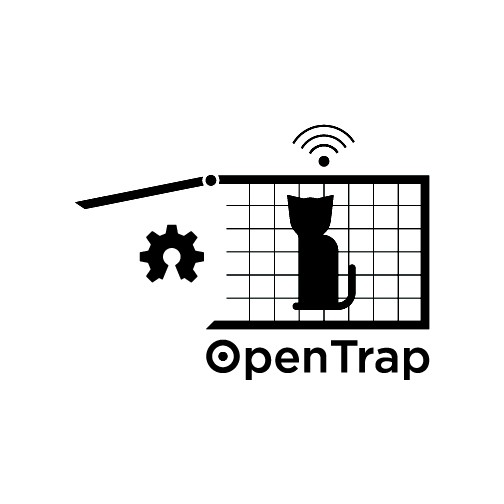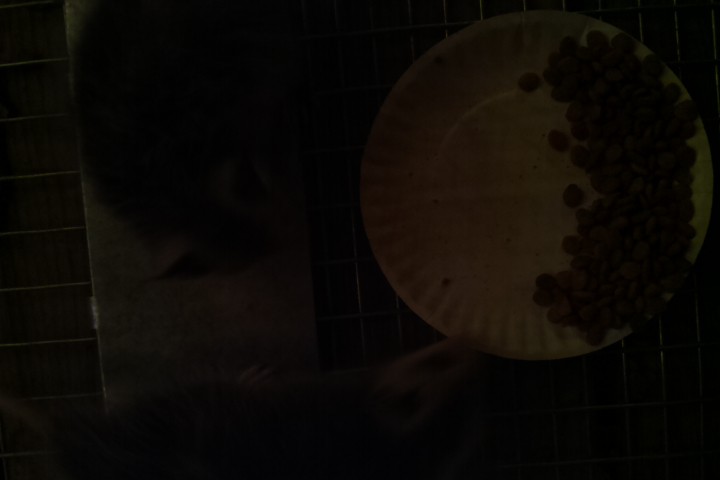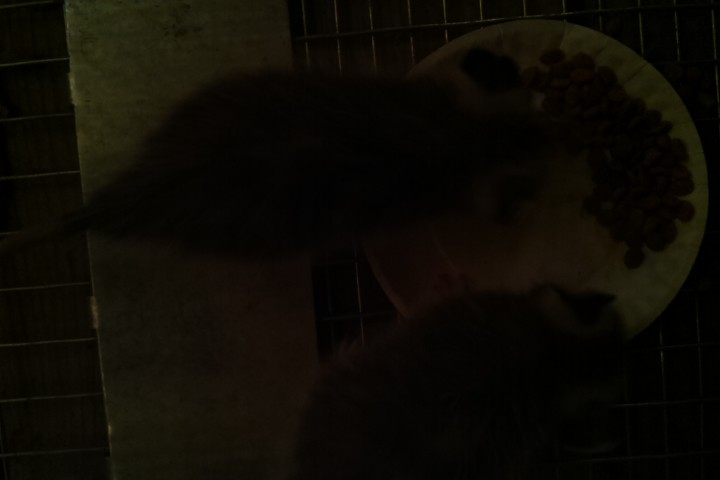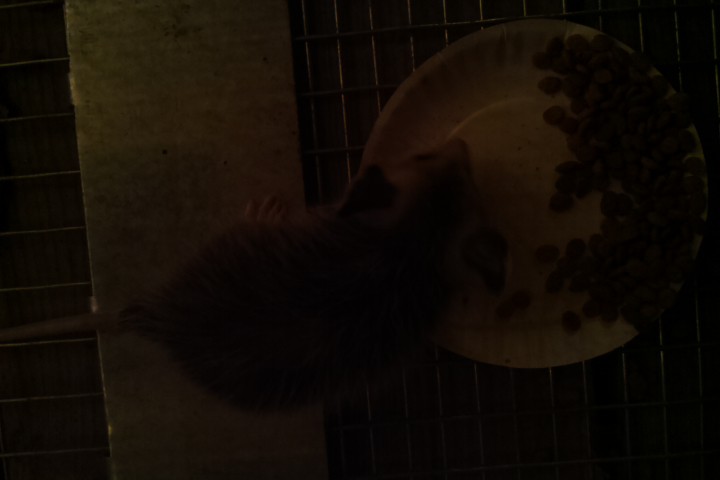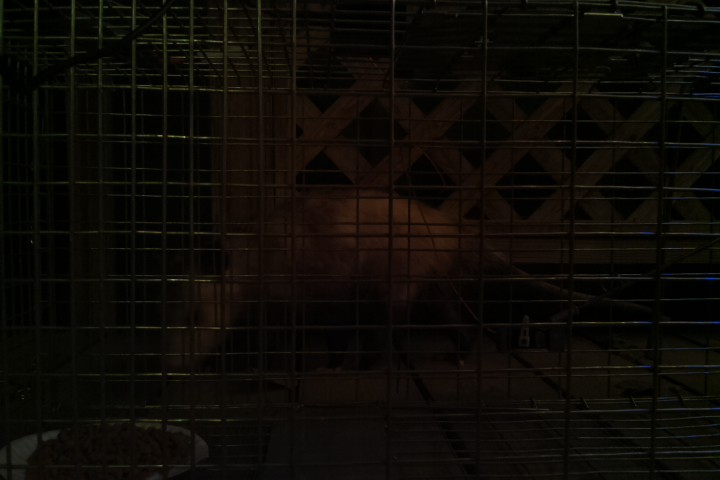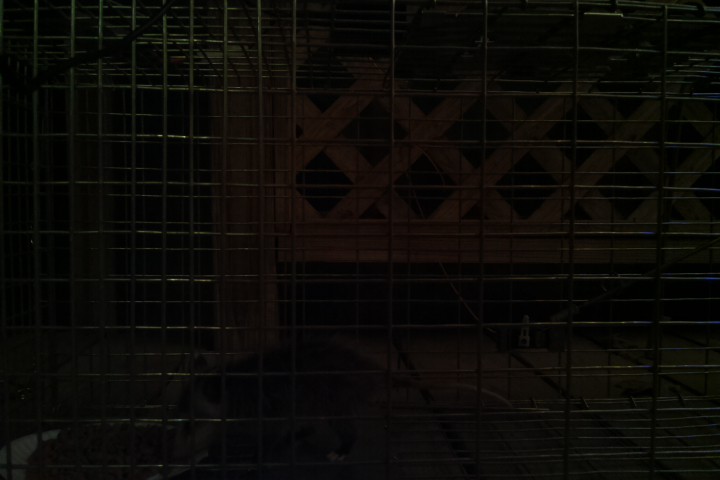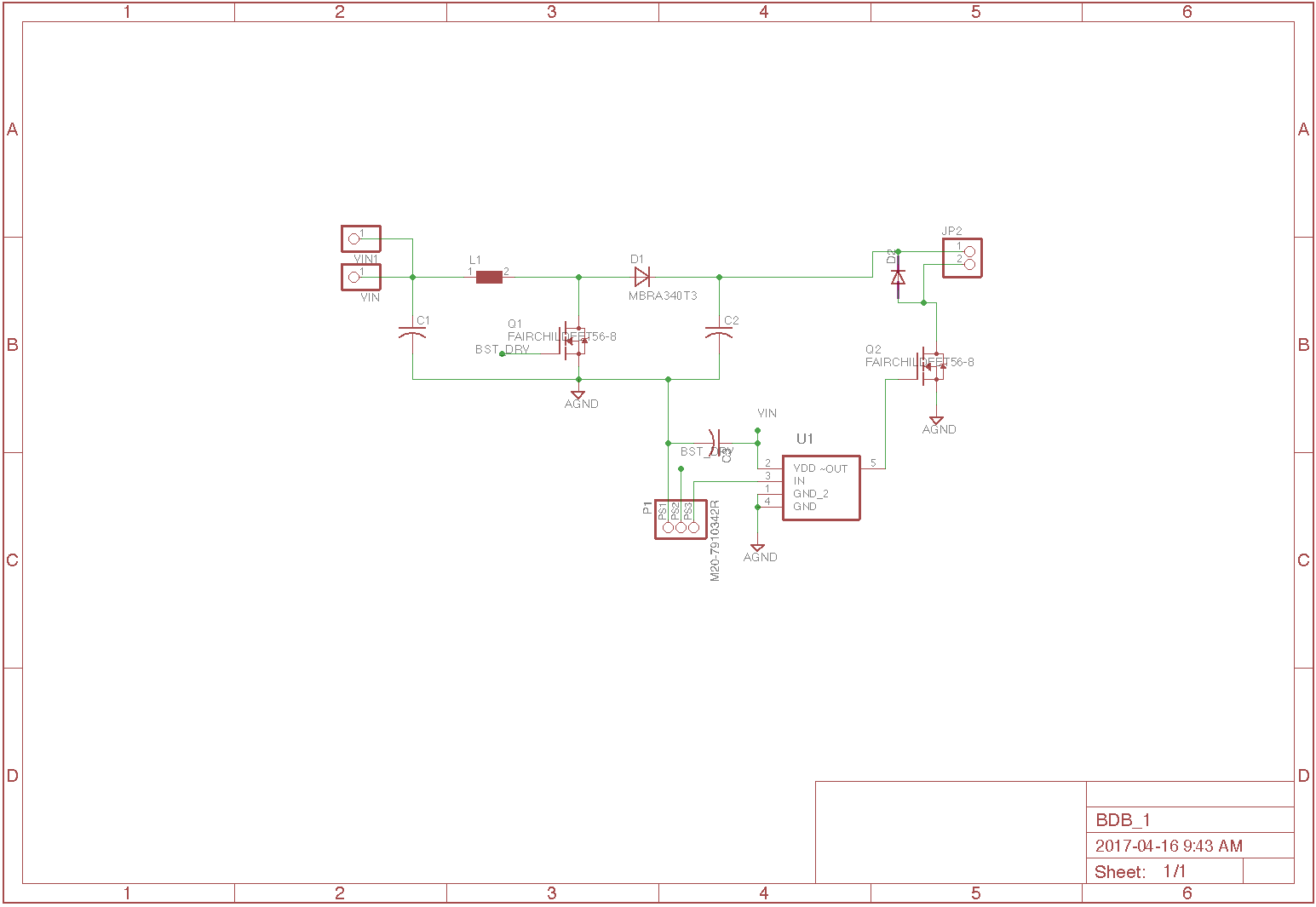-
Electronics seem happy, logo is here!
07/09/2017 at 14:17 • 0 commentsAll the testing seems to be going well right now: my issues with the boost converter have been resolved with the latest board, I just need to respin the remote with a few minor changes to avoid having to cut traces and install jumpers.
I wanted some sort of logo for this, and after I found Anna Ellenberger's design site I worked through her for a very reasonable price to get a logo that I'm really happy with, and I can't wait to see what the boards look like with this on them.
![]()
-
New layout seems happy
06/27/2017 at 19:56 • 0 commentsI got the latest Trap boards and initial testing of the updated solenoid drive is looking promising...No more smoke being let out!
-
Issues with Solenoid Drive
06/04/2017 at 14:47 • 0 commentsI got the latest Trap Box Boards back from OSHPARK and found I had a layout issue that was causing problems with the boost converter for the solenoid drive. I'm hoping that I resolved it with the new layout, I just submitted the order and hope to be testing again in a couple of weeks!
-
New Remote with integrated USB
05/07/2017 at 23:14 • 0 commentsThe new Remote boards arrived and I found an error or two but overall they're doing what I wanted...Now the on-board USB is both battery-charging and FTDI-compatible, so trap data can be logged directly from the remote without an external FDTI module.
The external boost converter for driving the solenoid is working and I hope to find time this week to re-spin the Trap Box Board with the boost converter built-in
-
Another Possum evening
04/30/2017 at 04:38 • 0 commentsWhile waiting on the next spin of boost converter PCB's before I can go too much further with this project (OSHPark shipped the boards earlier than promised but they've since been lost in the mail) I decided to play with the Pi camera box and redesign my Pi enclosure so it would allow me to take downward-looking pictures. I learned that there are at least two baby possums rather than the one I was aware of. Despite what my wife says, I think they're kind of cute.
![]()
![]()
![]()
-
Raspberry Pi Python Possum Pictures
04/29/2017 at 04:09 • 0 commentsWhile the initial intent of this project was, and still is, helping to control the population of feral and stray cats, the possums under my deck have proven helpful in testing the system. I've been hoping to trap the Mom and Baby possum together so I can relocate them without separating them. Looking at trap data logs from when I left the trap out acquiring data all night, I always got the impression that only one or the other was in there, never both.
I rigged a Raspberry Pi with a camera and set the trap's Aux Out to automatically trigger the Pi's camera if anything greater than 1" tall was detected inside the trap. The script on the Pi limits pics to 1/minute. With this system I got many pics of the baby possum, but only one of Mom when she walked by the outside of the trap and I happened to manually trigger the shutter release from the remote. The Baby is still pretty tiny (that's a 6" diameter plate, to put it in perspective) and I don't feel good about trapping it and relocating it without its Mom...I think I'll just live with them under the deck for a while and stay out of their affairs until the little one gets a bit bigger. I don't want the little one to become dependent on plates of cat food every night anyway.
Anyway, this log is as much about sharing baby animal pictures as it is about the technology, but the tech is definitely coming along and I hope that the Pi camera setup is going to prove fruitful. I might try to rig a Pi NOIR camera to the trap so I can leave it without lights in the yard and see what I see.
![]()
![]()
-
New boards en route
04/25/2017 at 14:33 • 0 commentsAny day now I should be getting the latest iteration of the Big Dumb Boost (BDB) converter back from OSHPark. If it works well then I'll re-spin the main Trap Box Board to include that circuit and also to generally clean up a few things, relocate the power LED and swap out individual gate drivers in favor of some dual gate drivers that will use less board real estate and consume less current when not in use. Once I get those boards stuffed and tested, I think that's the stage at which I'll start trying to get this into the hands of non-technical cat rescue people.
Last night I sent in the OSHPark order of what I hope to be the last iteration of the Remote Box Board. It's basically the same as what's posted here but I included an FTDI module on the board. In small quantities you can get FTDI chips for ~$2, it makes sense to just include it on the board and not mess around with external FTDI modules and extra wires....I'm using the micro USB connector to charge the battery anyway, might as well use it for data as well. I'll post the schematics here once I stuff the boards and verify they're happy.
-
A night's worth of opossum activity
04/21/2017 at 19:32 • 0 commentsI recently learned that there's a family of possums living under my deck. Unfortunately the neighbor's dog got out and decimated 3 of the 4 joeys, and Momma Possum and Baby Possum are living under my deck at the moment. I'm hoping to catch the two of them together using the trap so I can relocate them to a place that's not my deck.
They didn't come to the trap before I went to bed, so I left the trap logging all night in order to get a feel for their feeding times. It looks like the Baby Possum came and went several times; based on the distance data I think it was that little hamster-sized critter.
I was pleased to see that the NiCad powering the Trap Box held up EXTREMELY well over the course of the night. It was cool to see the remote battery dripping down to the point where the MCP7831 kicked in and brought it back to 4.2V. All in all I’m really pleased with how this is coming along. Attached in the files are a text file of the output as well as an Excel spreadsheet with the data imported and a few curves plotted.
-
Solenoid testing is going well
04/16/2017 at 16:49 • 0 commentsInitial testing of putting a solenoid drive as opposed to the servo drive is looking good! The plan is to use a simple boost converter to step up my battery voltage enough to fire the solenoid. In the interest of testing this thing as quick, cheap and easily as possible, I made a small daughter board that will plug into the servo connector on the TrapBox board.
I'm making use of the 3-pin header that used to drive the servo in order to drive the BDB board. I removed the servo circuitry, which consisted of a few transistors to power up the servo (and allow it to be powered down when not in use to minimize overall power consumption) and a big filter cap for bypassing servo power. I kluged on a gate driver to drive a ~130kHz, 40% switcher for the Boost drive. I found that when the boost output is unloaded it will get up to ~40VDC! What I'm currently doing in software is waiting for a few cycles after turning on the switcher, then turning on the low-side gate driver on the solenoid...This lets the voltage get up to ~16V before hitting the solenoid, I'm hoping that extra 'umph' is going to help.
So the 3-pin header gives me GND, Boost Switch Drive and Solenoid low-side FET drive. I used a wire to bring in VIN to feed the Boost. I'll tweak this design and try to get reliable operation using components small enough to squeeze onto the Trap Box board, then re-spin that board to have everything incorporated onto it.
![]()
Here's a video of this in action...Audio quality is horrible, my phone's microphone is picking up the 40kHz drive for the ultrasonic transducer...Better quality to come!
-
Source Code on GitHub
04/15/2017 at 21:48 • 0 commentsSource code for both the PTX and PRX is on Github here: https://github.com/rogerarchibald
OpenTrap Smart Animal Trap
OpenTrap is intended as a tool to aid those working to help animals while controlling the stray/feral animal population.
 roger_archibald
roger_archibald